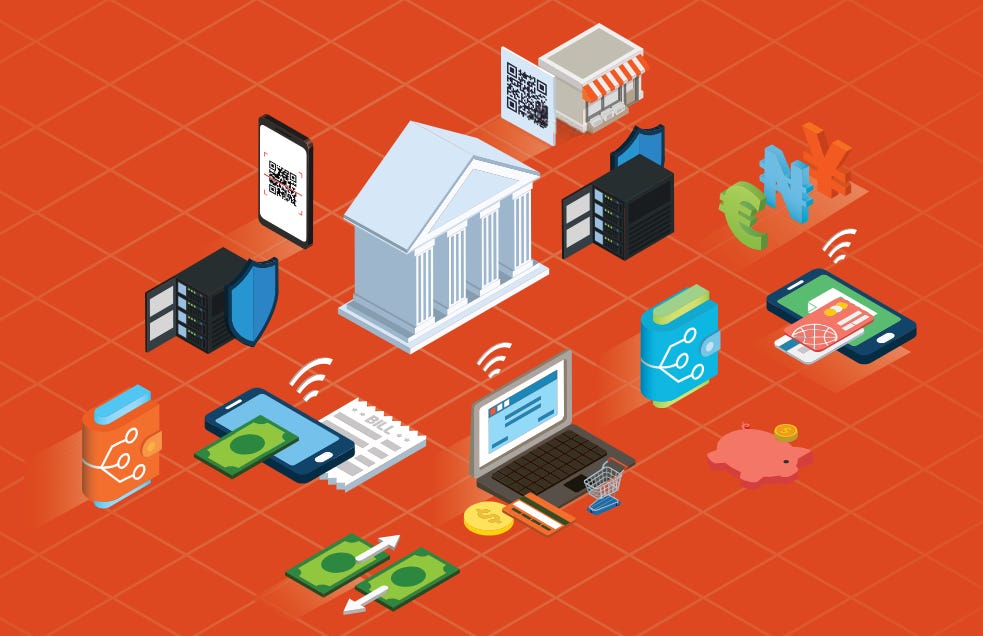It was in November 2021 when The World Bank came out with a very detailed document outlining the Central Bank digital currencies for cross border payments. This is an exhaustive overview of the current and ongoing global monetary digital transformation. Although, for some it might be a very dry and heady read the amount of detailed information will begin to outline the levity of what is taking place right now and what is to come in the very near future.
The following is an excerpt from the paper:
“Looking at potential disruption to wholesale payment systems is crucial. A business case for USC would be to provide a vehicle for settlement within derivatives markets. An example would be the market for cross-currency and interest rate swaps. To this end, it is important to note that the gross notional value of outstanding contracts in the over-the-counter (OTC) derivatives markets at the end of Q2 2018 was US$595 trillion while the gross market value of OTC derivatives in the same period was US$10 trillion. In the context of disruption to existing wholesale payments clearing and settlement infrastructures such as Canada’s Large Value Transfer System (LVTS), payments made as part of the trade life cycleevents in broader securities and derivatives markets may no longer require such infrastructure. Indeed, the instantaneous cross-border transfer of digital tokens exchangeable for cash assets eliminates the need for cumbersome processes of intraday collateral management required by existing whole-sale settlement systems. Moreover, as such tokens are not tied to the operating hours of the wholesale payments systems across jurisdictions, transactions are free to flow frictionlessly hours a day and seven days a week.
STABLECOINS FOR CROSS-BORDER PAYMENT
Stablecoin refers to a class of digital currencies that are relatively stable in terms of their price. Stablecoins offer instantaneous processing and security of payments as many cryptocurrencies do. They also offer stability with respect to their parity against fiat currencies. Two digital currencies that fall into this category are RippleNet’s native digital currency Ripple (XRP), and Stellar network’s native cryptocurrency, the Stellar Lumen (XLM). Both Ripple and Stellar enable faster and more efficient cross-border payments relative to correspondent banking. However, they differ in that the former aims at improving cross-border settlement between international banks, whereas the latter aims at providing low-cost cross-border payment financial services to end-users and the unbanked population.”
Just with this information alone one can begin to see what will be transpiring with the XRP and XLM blockchain platforms. Since this document I have seen evidence that XDC will also be playing a part as well. If you take notice, the tokens that the World Bank discusses and partners with are all ISO 20022 standard compliant. I have been touting the need to focus on this for some time now and have made numerous posts to further your research.
When you take into account the volume of the OTC derivatives market you can begin to understand how it is imperative that the pricing of the digital assets begins to head much higher than where we are seeing things today if order for them to work the most advantageous for the new global digital monetary system.
Keep reading with a 7-day free trial
Subscribe to SMOKE & MIRRORS... and the art of critical thinking to keep reading this post and get 7 days of free access to the full post archives.





